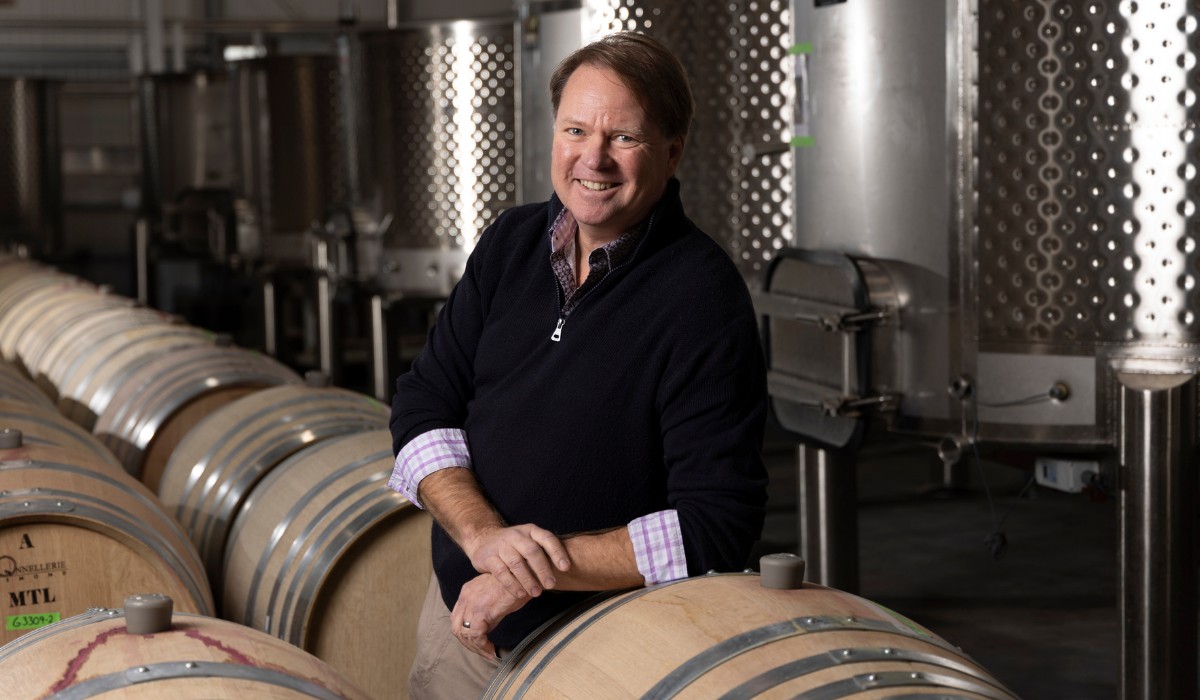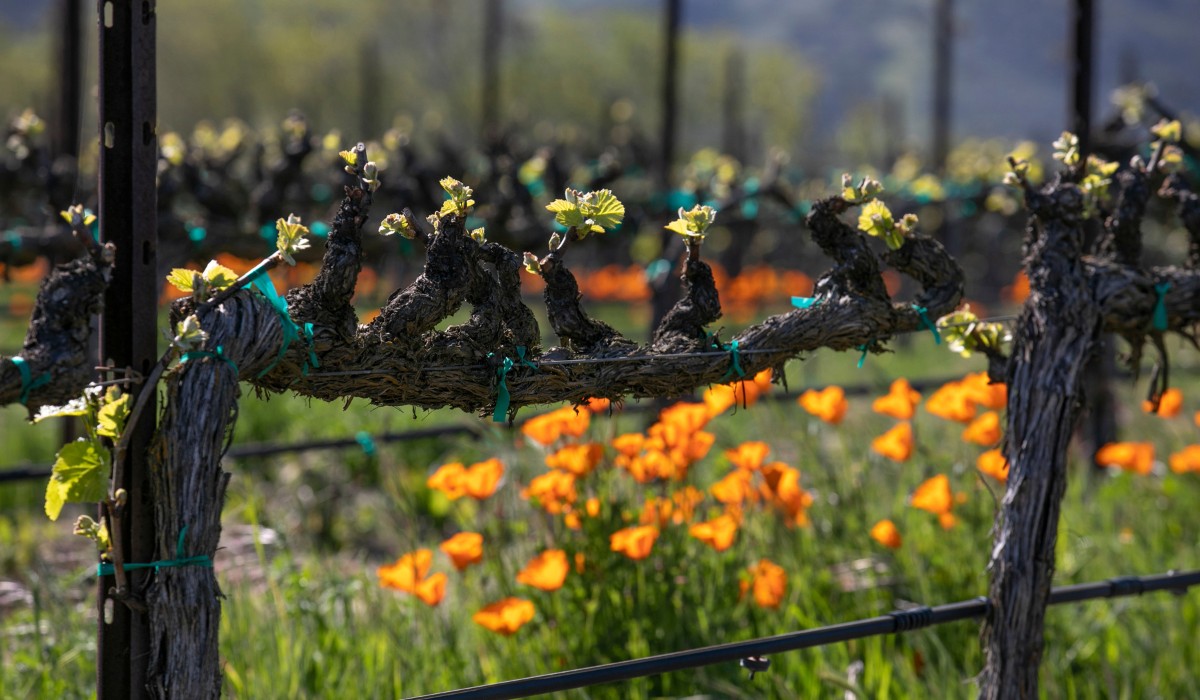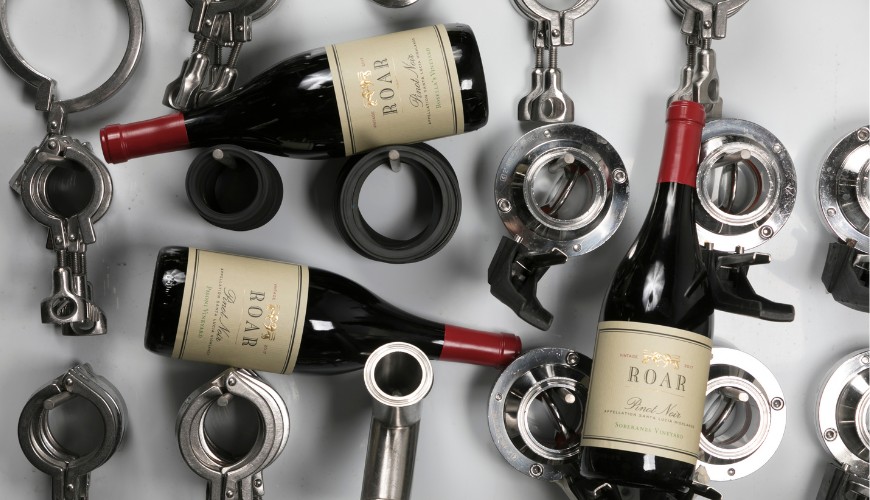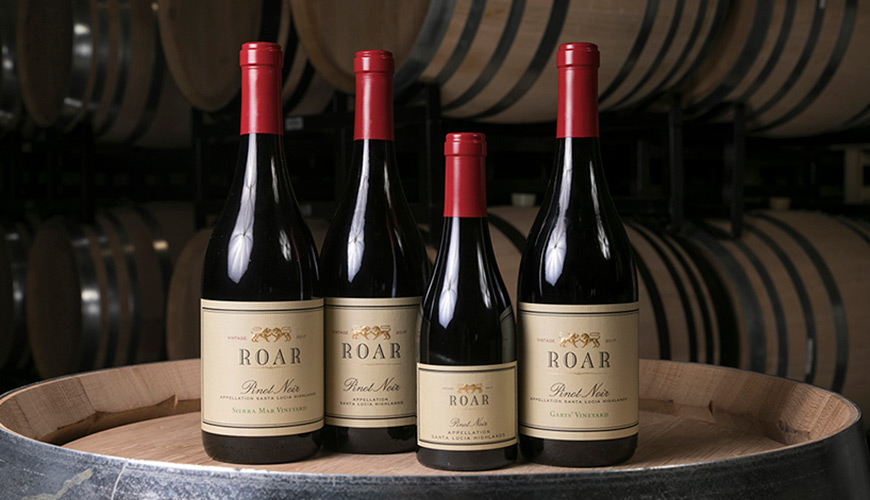Perhaps the luckiest of all the winemakers privileged to work with fruit from these vineyards is Scott Shapley himself: winemaker for ROAR for going on nine harvests. The Monterey native briefly pursued a career as a marine biologist with the US Geological Survey until his wife Laura’s job took them to the Ukraine as the Iron Curtain was falling. (A story for another time, with vodka.)
Upon returning to the States in 1999, Shapley applied for a job as a harvest intern with Adam Lee of Siduri, intending to stay through the end of the year, instead winding up as assistant winemaker. Working with coastal vineyards was Lee’s specialty and Shapley had the opportunity to make Pinot Noir from Santa Barbara to Oregon, which is how he first came into contact with the Franscioni family. After Siduri, he got a job at San Francisco’s famed Crushpad, the launching point for many brands. He then became winemaker for Roger Roessler, whose Roessler Cellars program ambitiously sourced Pinots from top coastal vineyards. Kismet led him to ROAR just when consulting winemaker Ed Kurtzman was moving on and Shapley has been their winemaker ever since.
When the Franscioni family built a brand new production facility in Castroville three years ago, to minimize travel time from the vineyards to the crushpad, it was a godsend for Shapley and an opportunity to return to his roots. He and his wife moved back to Monterey.





